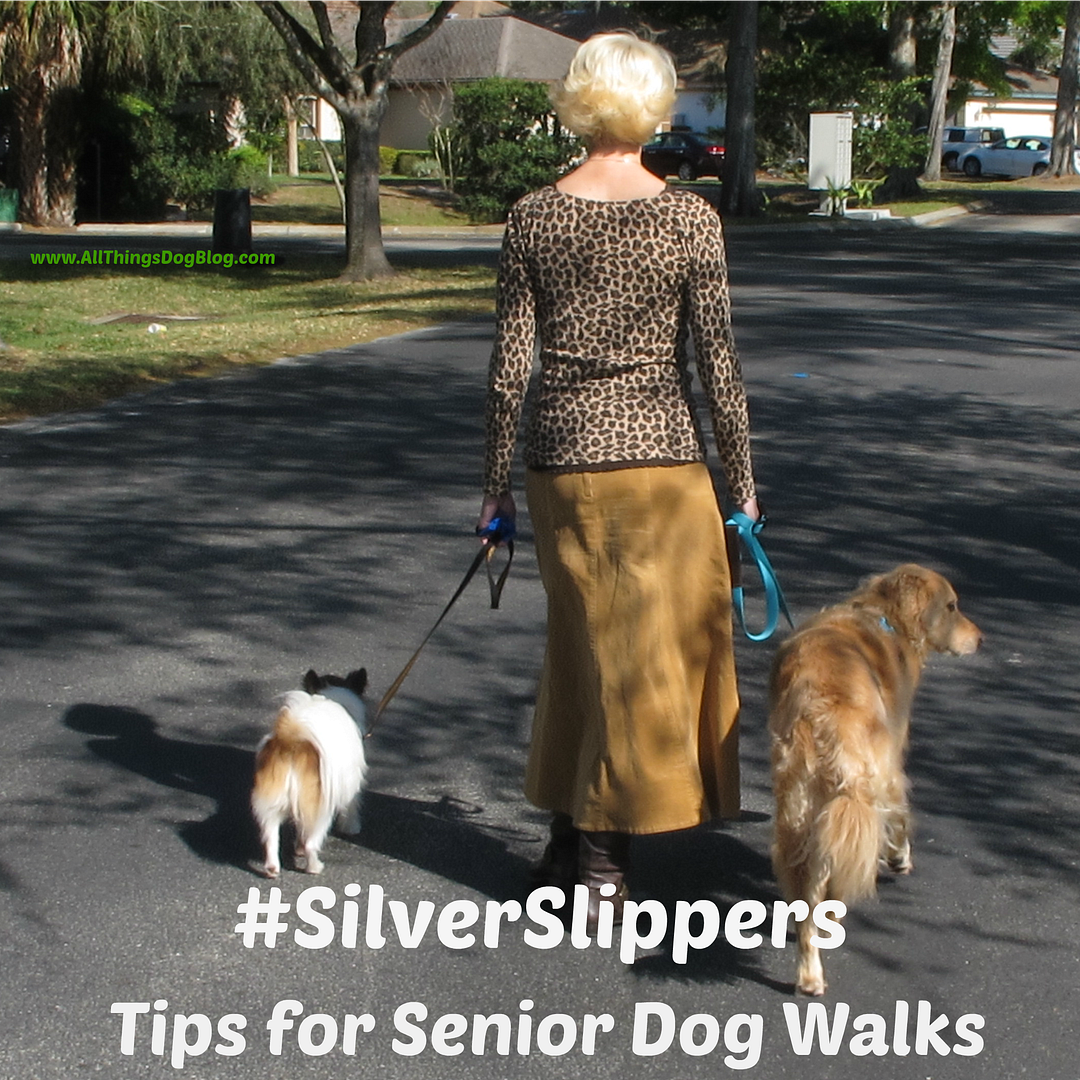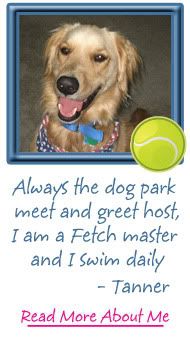ASK THE VET Columnist
© Mary Lou M., reader copyright on file
Even the Smallest of Terriers
Can be Terrors in the Garden
Dear Judith:
My terrier appears to be very devoted to his heritage. By this I mean that he is a digger bigtime. I know that terriers were breed to dig up stuff but not my entire yard. I probly have not been handling it right. A friend told me I should walk and exercise him more but that is not helping. Can you give me some pointers to get him on track? Thank you. Jackson
-------------------------------------------
Dear Jackson:
Diggers come in all shapes and sizes however Terriers were bred to dig and tunnel to eliminate burrowing pests. Some Terriers were developed to kill their prey, others to tirelessly chase them away. Though small in size they can be tenacious hunters. So, it’s not uncommon for them to damage pillows and quilts, even their own bedding. Some will chew holes in stuffed items, remove every bit of filling, shake it vigorously, and leave piles of shredded foam strewn across the room. Others dig zealously leaving the yard looking like a mine field. What’s an owner to do?
To eliminate digging and other destructive behaviors requires meticulous training. My terrier was a few months old when he began digging under our backyard shade tree. At first I thought, ‘it’s under the tree, no big deal’, but when I unexpectedly stumbled into it and fell during play time, I knew the digging had to stop.
(c) J. Joseph
Big Hole for a Big Dog!
I’d sit out back every day with my dogs allowing them to play with no interference. But every time the terrier would begin to scratch at the ground, he’d get a sharp EH EH – CUT IT OUT, combined with a quick squirt of vinegar to the ground in front of him from my infamous water gun. Then, I’d immediately refocus him with a ball to chase, rolling it quickly through the grass instead of throwing it. He’d happily run after it, hopping into the air in his pursuit.
I made a prey stick by stitching a furry cloth onto a nylon rope, securing the rope to a broom stick. I’d wiggle the stick around raising and lowering the furry cloth, allowing him to chase and occasionally catch the ‘prey’. A few weeks later, no more digging. Three years later, still no digging.
Redirecting instinctive behaviors can produce excellent results. There are hundreds of stuffed toys available in pet stores, and there’s a reason many of them are inexpensive; they were made to be destroyed. I’d rather offer my Terrier a $4.99 stuffed toy that may only last a few weeks than have him “play” with my sofa cushions.
Teach him to avoid flower beds and vegetable gardens. A firm EH EH – CUT IT OUT with a blast of vinegar onto the ground in front of him or a loud hand clap will get his attention. Immediately refocus him with an activity that will utilize his instincts. You can purchase a child’s hard plastic swimming pool and fill it with sand or grassy soil, burying smelly treats, bones or toys for him to dig up. Organized activities are great for terriers. Contact the American Working Terrier Association for information on Earthdog trials in your area.
Judy
Write to her at LetsAdoptaDogPark@gmail.com
For more information on Judith Joseph and her training, you may find her at TCDOA Dog Training. A personal appointment will likely provide more specific information on your dog's issues and your questions.
Note on Toy Selection:
Inexpensive toys are available at discount stores, "dollar" stores, flea markets, and pet superstores in the marked down aisle. I tested this theory this weekend, and bought Tanner and Oliver a raccoon, a duck, and a lion, all for $5 or less. Be sure to supervise dogs while they play with stuffed toys, as stuffing can be a health hazard if eaten or stuck in the airway. Judy's suggestion of a prey stick will assure the toy does not become a snack or a health hazard. -
-Carrie
Please welcome today's cover dog, Zoe,
who is owned by one of our All Things Dog Blog readers, Mary Lou M.








































0 comments:
Post a Comment